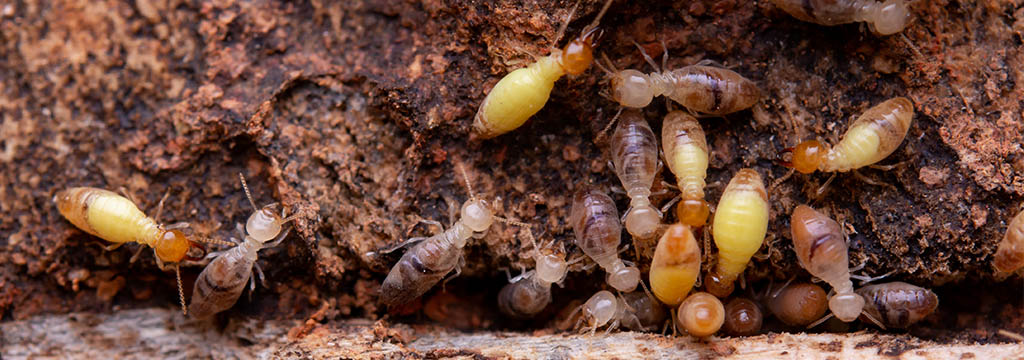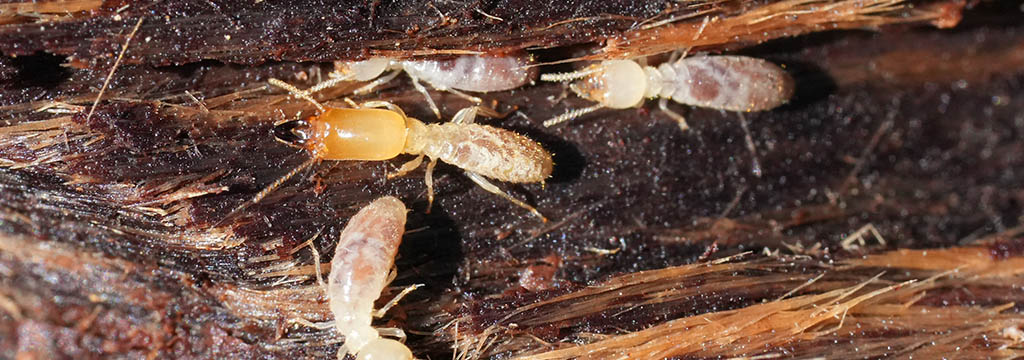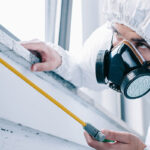
Termite Control Services provide expert solutions to protect your property from termite infestations and damage. Our skilled technicians use state-of-the-art methods and eco-friendly treatments to detect, eliminate, and prevent termite colonies. We offer thorough inspections, customized treatment plans, and ongoing monitoring for residential, commercial, and industrial properties. With a focus on long-term protection and client satisfaction, our services ensure your home or business remains termite-free, safeguarding your investment and peace of mind. Trust us for effective and reliable termite control with guaranteed results.

Termites are small, social insects known for their ability to consume wood and other cellulose materials, causing significant structural damage to buildings and other wooden structures. They live in colonies that can number in the millions and are often hidden from view, making infestations difficult to detect until substantial damage has occurred. There are over 2,000 species of termites, with the most common types being:
Understanding the different types of termites and their behaviors is crucial for effective identification, prevention, and control measures.
Recognizing these signs early can help in taking prompt action to control and eliminate termite infestations, protecting your property from extensive damage.
Eliminate Moisture: Keep your home dry by repairing leaks in plumbing, roofs, and air conditioning units. Ensure proper drainage around the foundation and use dehumidifiers in damp areas like basements.
Maintain Ventilation: Ensure good airflow in crawl spaces, attics, and other areas prone to moisture buildup. Proper ventilation helps prevent the conditions termites thrive in.
Remove Wood Debris: Keep your yard free of wood debris, including fallen branches, firewood, and old tree stumps. Store firewood at least 20 feet away from your home and off the ground.
Use Treated Wood: In construction projects, use termite-resistant or pressure-treated wood, especially in areas that come into contact with the soil.
Seal Entry Points: Seal cracks and crevices in your home’s foundation, walls, and roof to prevent termites from gaining entry. Ensure that window screens and door seals are intact.
Maintain Landscaping: Keep shrubs, trees, and other vegetation trimmed and away from the foundation of your home. Avoid allowing soil or mulch to come into direct contact with wooden structures.
Inspect Regularly: Conduct regular inspections of your home, particularly basements, crawl spaces, and attics. Look for signs of termite activity such as mud tubes, wood damage, and discarded wings.
Use Termite Barriers: Consider installing physical or chemical barriers during construction. These can include stainless steel mesh, sand barriers, or chemical soil treatments to deter termites.
Apply Preventive Treatments: Use termite repellents and treatments around your home’s perimeter and other vulnerable areas. Liquid termiticides and bait stations are common preventive measures.
Professional Inspections: Schedule regular professional termite inspections, especially if you live in an area prone to termite activity. Professionals can identify early signs of infestation and recommend appropriate preventive measures.
Implementing these preventive measures can significantly reduce the risk of termite infestations and protect your home from costly damage.

We will conduct a deep and thorough inspection to determine the type of pests that are infesting your premises, the source of the infestation, their breeding sites and the conducive conditions.
 We provide a wide range of chemical and non-chemical products that can effectively reduce any pest’s infestation and guarantee an efficient control of the pest problem or high maintenance of the pest-free environment.
We provide a wide range of chemical and non-chemical products that can effectively reduce any pest’s infestation and guarantee an efficient control of the pest problem or high maintenance of the pest-free environment.
 Our professional team will follow up to evaluate the efficiency of the treatments and take the necessary control measures to guarantee a long-lasting protection.
Our professional team will follow up to evaluate the efficiency of the treatments and take the necessary control measures to guarantee a long-lasting protection.






Opening Hours:
Monday – Saturday 8am – 6pm
Phone: +971 52 601 3828
Email: info@proscapefm.com